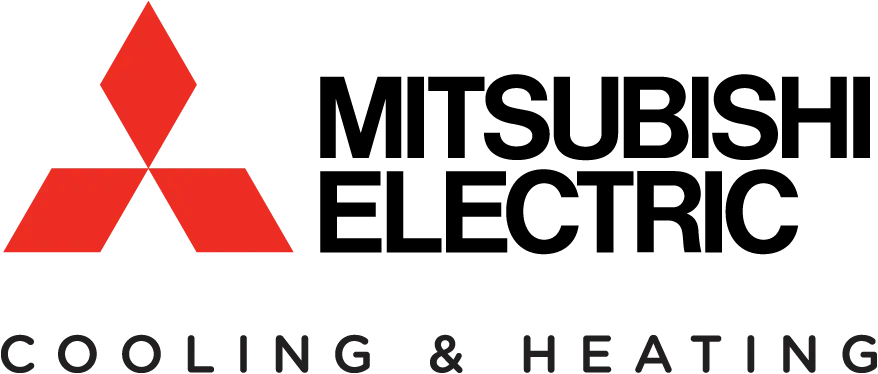FAQ
The cost of replacing an entire HVAC system in New York City can vary depending on several factors, including the size of the property, the type and efficiency of the system, and any additional features or upgrades desired. On average, a complete HVAC system replacement in New York City can range from $5,000 to $15,000 or more. It’s important to note that this is just a general estimate and actual costs may differ based on individual circumstances. To get an accurate quote for your specific needs and requirements, please contact Panda HVAC Inc. so we can provide you with detailed pricing information.
The average life expectancy of an HVAC system depends on the type of system. Typically, air conditioners and heat pumps have a service life expectancy of 10 to 15 years, while furnaces can last for 10 to 20 years. Regular maintenance and usage patterns can also impact the lifespan of an HVAC system.
During HVAC maintenance, several tasks are typically performed to ensure the proper functioning and efficiency of the heating, ventilation, and air conditioning system. Here are some common activities that take place:
1. Inspection: A thorough inspection of the entire HVAC system is conducted to identify any potential issues or areas that require attention.
2. Cleaning: The various components of the system, such as filters, and coils, are cleaned to remove dust, dirt, and debris that can hinder performance.
3. Lubrication: Moving parts like motors and fans may require lubrication to reduce friction and prevent wear and tear.
4. Filter Replacement: Filters play a crucial role in maintaining indoor air quality by trapping dust particles and allergens. During maintenance visits, filters are often replaced or cleaned.
5. Electrical Checkup: Electrical connections within the HVAC unit are inspected for loose wires or faulty connections that could lead to malfunctions or safety hazards.
6. Calibration: Thermostats may need calibration to ensure accurate temperature readings and optimal energy efficiency.
7. Refrigerant Pressure Check: For systems with refrigerant (such as air conditioners), technicians check if there is an adequate amount present in order for it to cool effectively.
8. Testing System Performance: Technicians test various functions of the HVAC system (heating/cooling modes) to verify proper operation according to manufacturer specifications.
9. Safety Checks: Carbon monoxide detectors (if applicable) are tested for functionality since they play a vital role in detecting this dangerous gas produced by malfunctioning furnaces or boilers.
Specific maintenance procedures may vary depending on factors such as equipment type (furnace vs central AC), age of the system, manufacturer guidelines etc.
After completing maintenance tasks, our technicians often provide recommendations on how your can optimize your HVAC systems’ performance through regular upkeep or suggest any necessary repairs or upgrades based on their observations during maintenance visits.
The cost of a furnace repair can vary widely depending on factors such as the type of repair needed, the extant of the issue, furnace type, and the parts and labor required. On average, the simple repairs like thermostat replacement or a small component may cost $100-$300. However, more complex issues, such as malfunctioning heat exchanger, can result in higher repair costs, raging from $500 to $1500+.
A furnace can stop working due to various reasons, including:
1. Lack of maintenance: Neglecting regular maintenance can lead to clogged filters, dirty burners, and other issues that can cause the furnace to malfunction.
2. Thermostat problems: Incorrect thermostat settings, a dead battery, or faulty wiring can prevent the furnace from turning on.
3. Ignition or pilot control problems: Issues with the ignition system or the pilot light can prevent the furnace from starting.
4. Faulty or dirty components: Problems with components such as the blower motor, fan belt, or flame sensor can cause the furnace to stop working.
5. Electrical issues: Problems with the electrical system, such as a tripped circuit breaker or a blown fuse, can interrupt the furnace’s operation.
6. Fuel supply issues: Issues with the gas supply can cause the furnace to stop working.
7. Mechanical wear and tear: Over time, mechanical components of the furnace can wear out, leading to operational problems.
Regular maintenance and prompt attention to these issues can help prevent the furnace from stopping unexpectedly.
A heat pump can not working properly due to various reasons, including:
1. Thermostat Issues: Incorrect thermostat settings, dead batteries, or faulty wiring can prevent the heat pump from turning on or operating in the desired mode.
2. Refrigerant Leaks or Low Levels: Insufficient refrigerant due to leaks or low levels can impact the heat pump’s ability to transfer heat effectively.
3. Electrical Problems: Faulty wiring, tripped breakers, or blown fuses can interrupt the electrical supply to the heat pump, leading to a shutdown.
4. Outdoor Unit Issues: Debris, snow, or ice buildup on the outdoor unit could hinder the heat pump’s operation.
5. Dirty or Blocked Components: Accumulated dirt, debris, or obstructions in the air filters, coils, or vents can impede airflow and cause the heat pump to stop working.
6. Mechanical Component Failure: Issues with the compressor, fan motor, sensors, or other mechanical parts can lead to a malfunctioning heat pump.
7. Power Supply Issues: Problems with the power source, including issues with the circuit breaker, electrical connections, or power outage, can cause the heat pump to stop working.
Regular maintenance and timely attention to these issues can help prevent the heat pump from unexpectedly stopping.
The sizing capacities of heating and cooling systems are measured using British Thermal Units (BTUs) for both heating and cooling.
For heating systems, the capacity is measured in terms of BTUs per hour (BTU/h), which indicates the amount of heat the system can produce in an hour. This measurement helps determine the heating capacity required to effectively heat a space.
For cooling systems, the capacity is similarly measured in terms of BTUs per hour (BTU/h), indicating the amount of heat that the system can remove from a space in an hour. This measurement helps determine the cooling capacity required to effectively cool a space.
Both, heating and cooling systems, could be also sized according to their tonnage. One ton equals 12,000 BTU/h.
In addition to BTUs, the sizing of heating and cooling systems also involves considering factors such as insulation, climate conditions, the size of the space to be conditioned, and other variables to ensure the system is adequately sized for optimal performance and efficiency.
Determining the size of HVAC system involves a careful consideration of several factors, including:
1. Size of the Space: The square footage of the area to be heated and cooled is a primary factor in deciding the HVAC system size.
2. Insulation and Windows: The quality of insulation and the number, size, and orientation of windows in the space affect the heating and cooling load requirements.
3. Climate: The local climate and prevailing weather patterns also play a significant role in determining the appropriate HVAC system size.
4. Building Layout: The layout of the building, including the number of floors, rooms, and levels, influences the distribution of heat and air conditioning.
5. Heat-Producing Equipment: The presence of heat-generating equipment, such as ovens, computers, or machinery, impacts the overall heat load.
6. Occupancy: The number of occupants and their activities can affect the heat load, particularly in commercial or residential settings. Oversized systems lead to inefficiency and increased energy costs, while undersized systems struggle to maintain the desired indoor comfort.
Our qualified HVAC technicians can perform a load calculation that considers all factors to determine the correct size of the HVAC system for your specific needs.
We Work With the Best Clients













